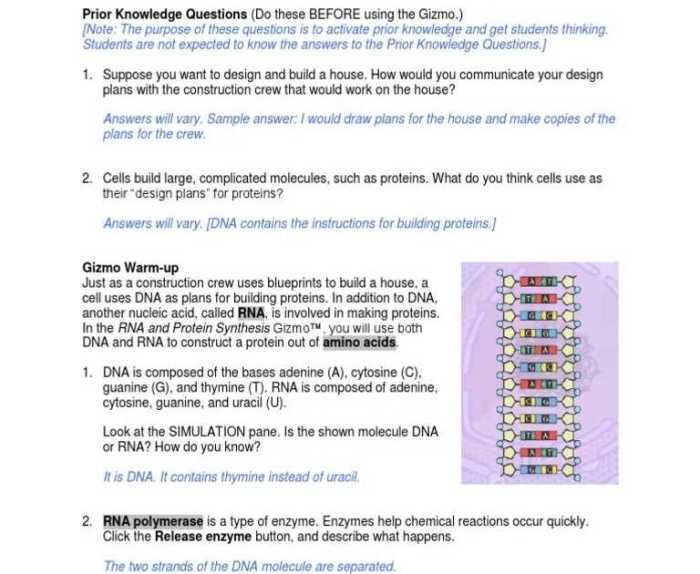Embark on an educational journey with the student exploration inheritance answer key, your definitive guide to unlocking the intricacies of inheritance in the context of student exploration. This comprehensive resource empowers educators with the knowledge and tools to design engaging activities, assess student understanding, and extend learning beyond the classroom.
Delve into the core concepts of inheritance, its benefits and limitations, and practical implementation strategies. Discover how to create effective student exploration activities that foster critical thinking, problem-solving skills, and a deeper understanding of object-oriented programming.
Key Concepts: Inheritance in Student Exploration: Student Exploration Inheritance Answer Key

Inheritance is a fundamental concept in object-oriented programming (OOP) that allows classes to inherit properties and methods from their parent classes. In the context of student exploration, inheritance can be used to create a hierarchy of classes that represent different levels of complexity or abstraction.
For example, a class representing a basic shape could be defined, and then subclasses could be created to represent specific shapes such as circles, squares, and triangles. This allows students to easily understand the relationships between different types of shapes and how they inherit common properties and behaviors.
Benefits of Using Inheritance in Student Exploration
- Enhanced code reusability:Inheritance allows code to be reused across multiple classes, reducing duplication and making it easier to maintain.
- Improved code organization:Inheritance helps to organize code into a logical hierarchy, making it easier to understand and navigate.
- Simplified learning:Inheritance can make it easier for students to understand complex concepts by breaking them down into smaller, more manageable chunks.
Limitations of Using Inheritance in Student Exploration
- Increased complexity:Inheritance can introduce complexity into code, especially when dealing with multiple levels of inheritance.
- Potential for code conflicts:If subclasses inherit conflicting methods or properties from multiple parent classes, it can lead to errors.
- Difficulty in understanding relationships:It can be challenging for students to fully grasp the relationships between classes and their inheritance hierarchy.
Implementation: Student Exploration Activity
Design a Student Exploration Activity that Incorporates Inheritance, Student exploration inheritance answer key
Activity: Create a student exploration activity that involves creating a hierarchy of classes representing different types of animals. Students will use inheritance to define common characteristics and behaviors for each animal class.
Organize the Activity into a Logical Sequence of Steps
- Define a base class called “Animal” with properties such as name, species, and age.
- Create subclasses for specific animals, such as “Dog”, “Cat”, and “Bird”.
- Define specific properties and methods for each subclass, such as “breed” for Dog, “meow” method for Cat, and “fly” method for Bird.
- Create instances of each animal class and demonstrate how they inherit properties and methods from their parent classes.
Assessment: Evaluating Student Understanding
Identify the Key Learning Objectives
- Students should understand the concept of inheritance and how it is used in OOP.
- Students should be able to create a hierarchy of classes using inheritance.
- Students should be able to identify the properties and methods inherited by each class.
Develop a Rubric or Assessment Plan
| Criteria | Level 1 | Level 2 | Level 3 |
|---|---|---|---|
| Understanding of inheritance | Can explain the concept of inheritance in general terms. | Can provide specific examples of how inheritance is used in the student exploration activity. | Can articulate the benefits and limitations of using inheritance in student exploration. |
| Creating a class hierarchy | Can create a simple class hierarchy with one parent class and one subclass. | Can create a more complex class hierarchy with multiple levels of inheritance. | Can create a class hierarchy that effectively models a real-world scenario. |
| Identifying inherited properties and methods | Can identify the properties and methods that are inherited by each class in the hierarchy. | Can explain how inherited properties and methods are used in the student exploration activity. | Can create new classes that inherit from existing classes and add new properties and methods. |
Extensions: Enhancing the Activity

Elaborate on How the Activity Can Be Extended or Modified
- Accommodate different learning styles:Provide alternative representations of the class hierarchy, such as diagrams or flowcharts.
- Accommodate different grade levels:Simplify or extend the activity to make it appropriate for different grade levels.
- Additional resources:Provide links to online resources or tutorials on inheritance.
Discuss the Potential Applications of Inheritance in Other Areas
- Other areas of education:Inheritance can be used to model hierarchical relationships in other subjects, such as biology or history.
- Real-world scenarios:Inheritance is used extensively in software development, web design, and other real-world applications.
Q&A
What are the key benefits of using inheritance in student exploration?
Inheritance promotes code reusability, reduces complexity, and enhances maintainability, allowing students to focus on higher-level concepts.
How can I assess student understanding of inheritance?
Develop a rubric that evaluates students’ ability to identify, implement, and troubleshoot inheritance relationships.
Can inheritance be used in other areas of education?
Yes, inheritance finds applications in biology, mathematics, and social studies, providing a versatile tool for representing hierarchical relationships.